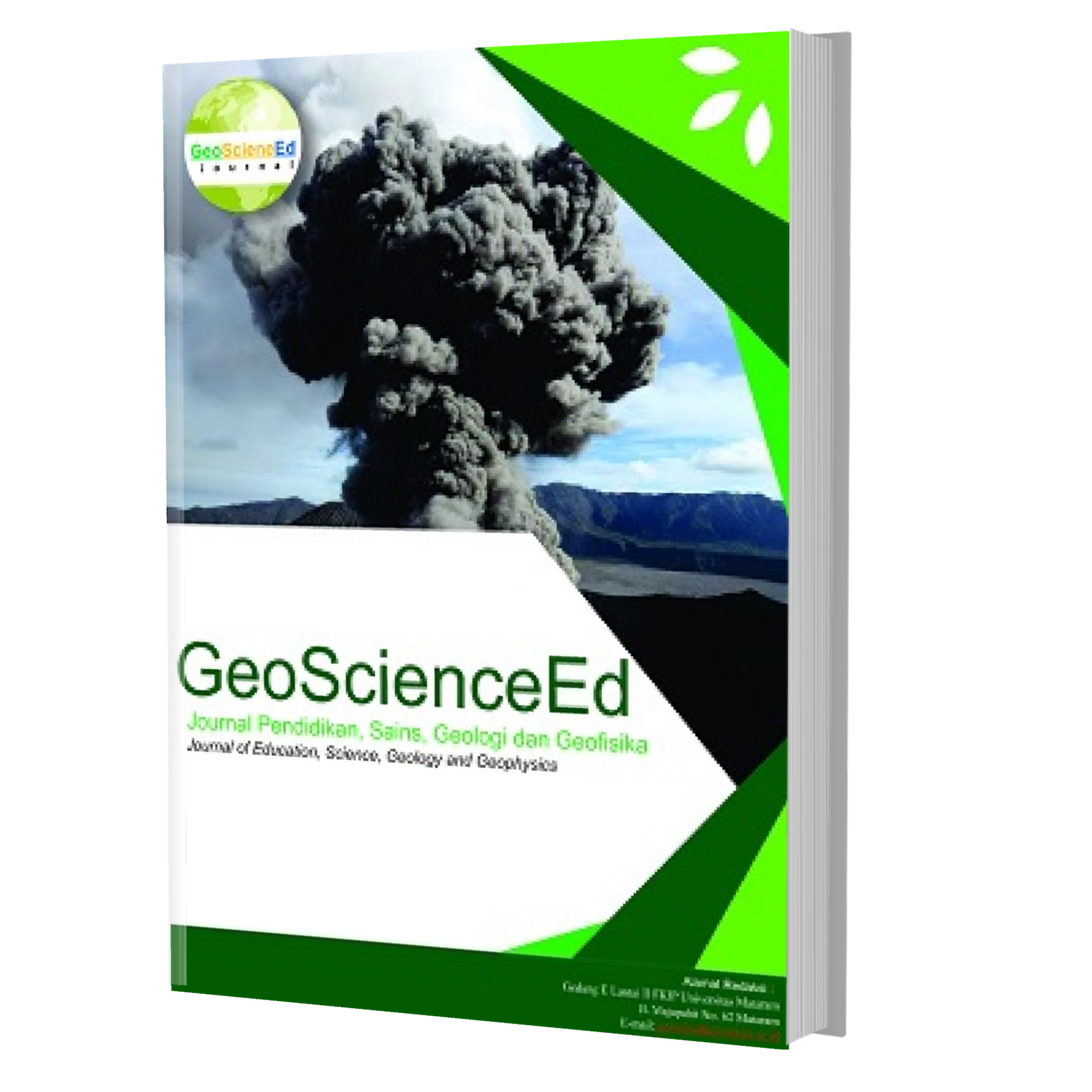The Utilization of Physical Units to Enhance the Understanding of Fundamental Physics Concepts in Kinematics for First-Semester Biology Education Students.
DOI:
https://doi.org/10.29303/goescienceed.v5i2.308Keywords:
Physical units, kinematics, physics education, interdisciplinary learning, biology education, conceptual understanding, first-semester students, instructional strategiesAbstract
The research undertakes a comprehensive examination into the efficacy of incorporating physics units to augment the comprehension of fundamental kinematic principles among first-semester students of biology education. Through meticulous investigation, a significant enhancement in student understanding is evidenced subsequent to the integration of physics-based pedagogical strategies. Analysis of pre-test and post-test data from a cohort of 29 students reveals an average pre-test score of 61.724, contrasted with an average post-test score of 90.690, indicative of a noteworthy improvement. Statistical scrutiny further unveils a mean difference of -28.966 between pre-test and post-test scores, underpinned by a 95% confidence interval ranging from -30.825 to -27.106. These findings advocate for the adoption of interdisciplinary methodologies to bolster students' grasp of basic physics concepts within the domain of biology education, underscoring the imperative of evidence-based educational practices in cultivating more efficacious learning strategies.
References
Ambrose, S. A., & Lovett, M. C. (2010). How Learning Works Seven Research-Based Principles for Smart Teaching. Published by Jossey-Bass A Wiley Imprint 989 Market Street, San Francisco, CA 94103-1741
Coe, R. (2002). It's the effect size, stupid: What effect size is and why it is important. Paper presented at the Annual Conference of the British Educational Research Association, University of Exeter, England.
Damopolii, J., Rorimpandey, W., & Ester, K. (2024). Penggunaan Metode Gasing Dalam Meningkatkan Hasil Belajar Matematika Operasi Hitung Perkalian Pada Murid Kelas III SDN Inpres 6/84 Walehunian Sagerat. Jurnal Ilmiah Wahana Pendidikan, 10(3), 1042-105. https://doi.org/10.5281/zenodo.10851212
Finkelstein, N. D., & Pollock, S. J. (2005). Replicating and understanding successful innovations: Implementing tutorials in introductory physics. Physical Review Physics Education Research. DOI: https://doi.org/10.1103/PhysRevSTPER.1.010101
Freeman, S., Eddy, S. L., McDonough, M., Smith, M. K., Okoroafor, N., Jordt, H., & Wenderoth, M. P. (2014). Active learning increases student performance in science, engineering, and mathematics. PNAS Proceedings of the National Academy of Sciences of the United States of America, 111(23), 8410–8415. https://doi.org/10.1073/pnas.1319030111
Hestenes, D., & Halloun,I (1987). Modeling instruction in mechanics American Journal of Physics 55(5):455-462. DOI:10.1119/1.15130
National Research Council. (2015). Reaching Students: What Research Says About Effective Instruction in Undergraduate Science and Engineering. National Academies Press.
Setyawan Rifai Hari, Supurwoko, Raharjo Teguh Dwi, (2019). Pembelajaran Fisika Strategi Gasing Untuk Sma Kelas X Dengan Metode Eksperimen Dan Diskusi Pada Dinamika Gerak Lurus Ditinjau Dari Motivasi Belajar Siswa. Jurnal Sains Edukatika Indonesia (JSEI) Vol. 1, No. 2,
Surya, Yohanes. 2006. IPA Fisika Gasing. Jakarta: PT. Grasindo
Tanner, K. D. (2017). Promoting student metacognition. CBE—Life Sciences EducationVol. 11, No. 2. https://doi.org/10.1187/cbe.12-03-0033
Downloads
Published
How to Cite
Issue
Section
License
Copyright (c) 2024 Jurnal Pendidikan, Sains, Geologi, dan Geofisika (GeoScienceEd Journal)

This work is licensed under a Creative Commons Attribution-ShareAlike 4.0 International License.










